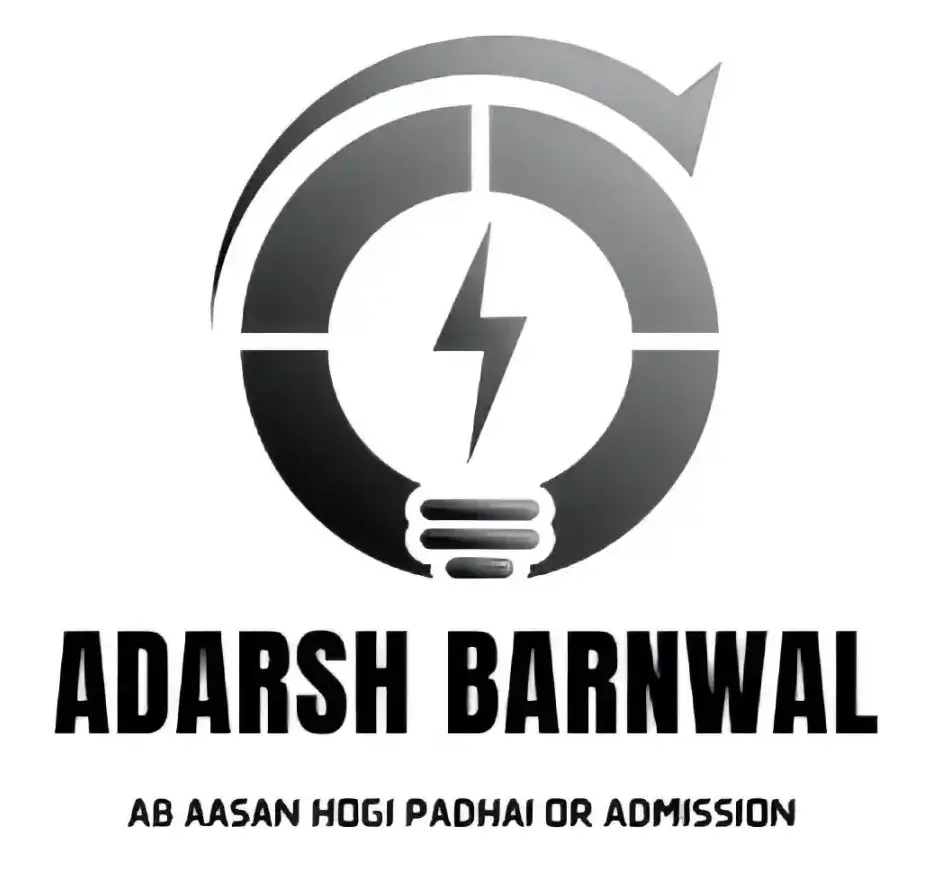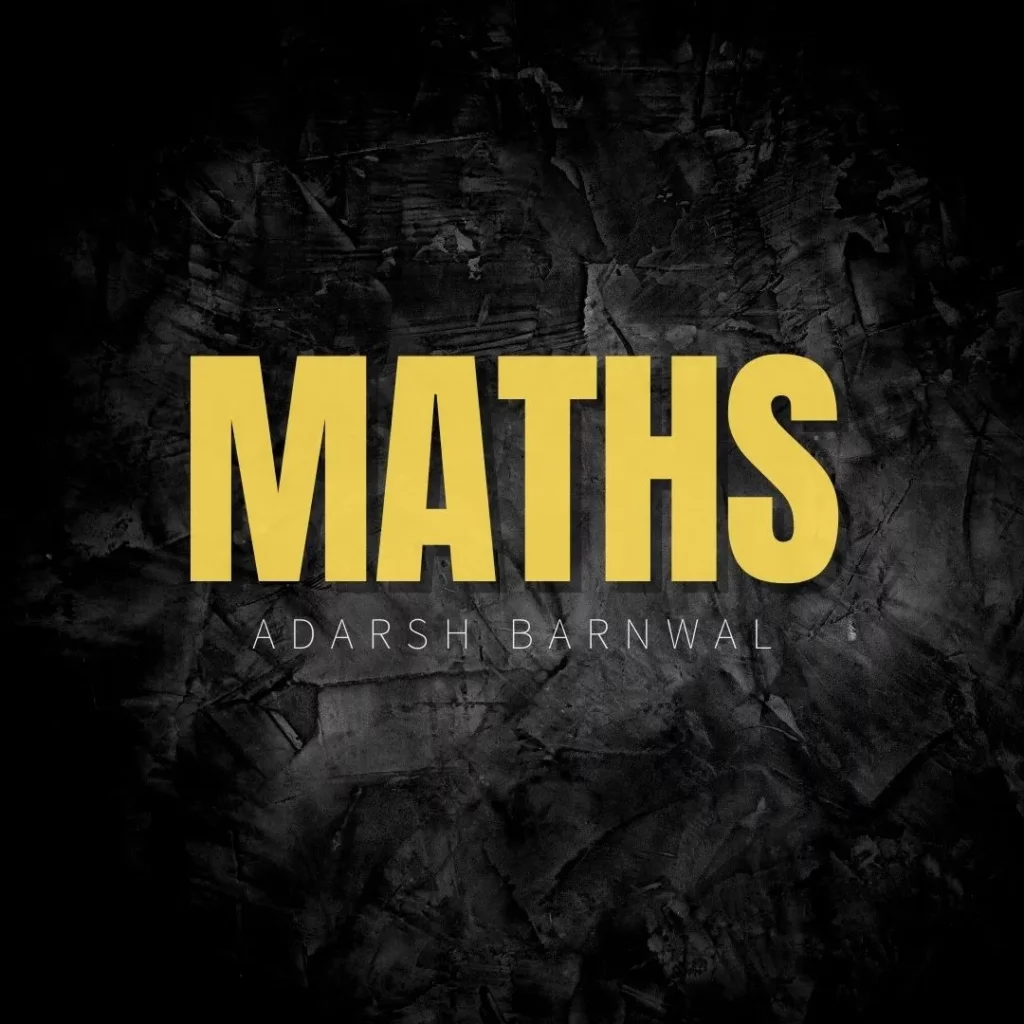Comprehensive learning material & Updates for all students.Become life long learners from Studying till Admission. Get College Review and exam updates on ( IIT JEE MAIN , Neet , IIT , NIT , Jee Advanced , Class 12 , Wbjee , Mhtect , Comedk , Upsee , Bitsat , Viteee , MBA , Engineering , Medical etc ) on time
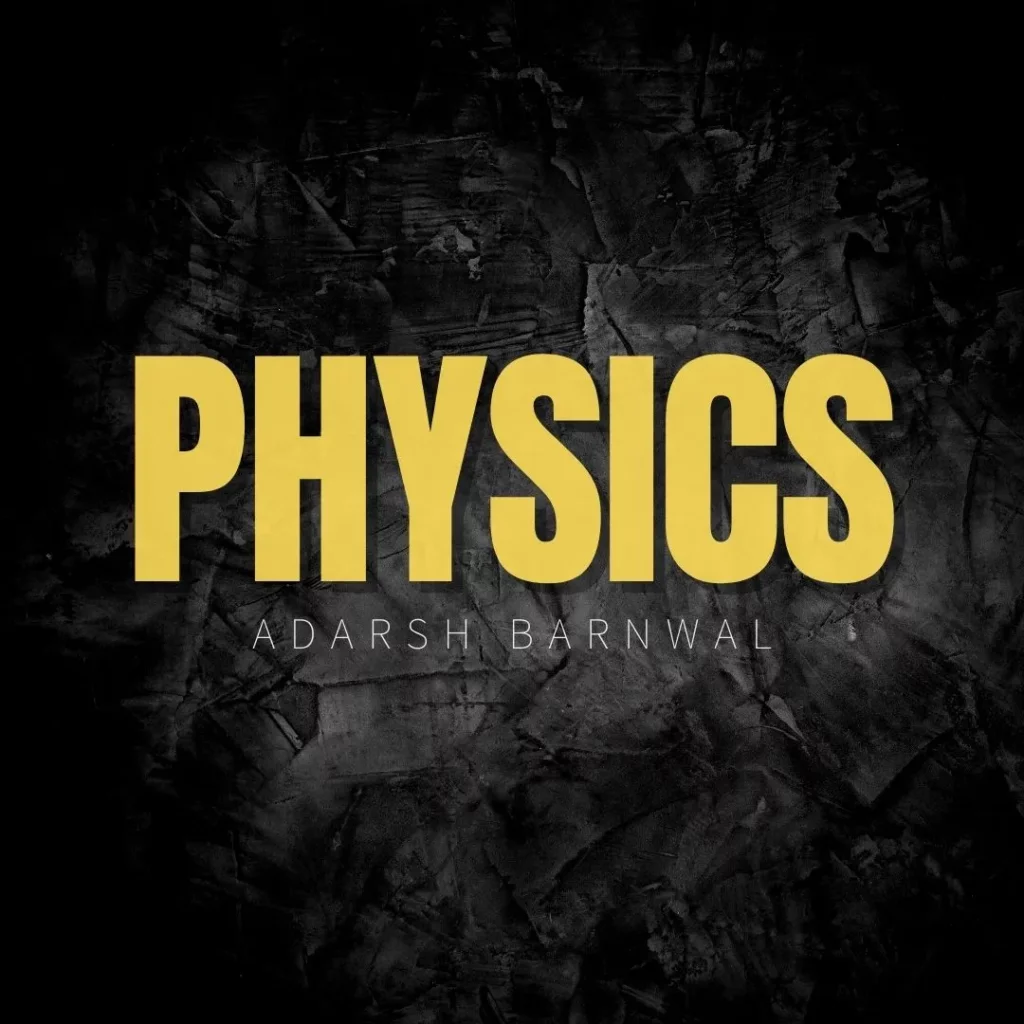
Physics
A good start for JEE Physics takes you a lot forward in terms of JEE Preparation. Learn More
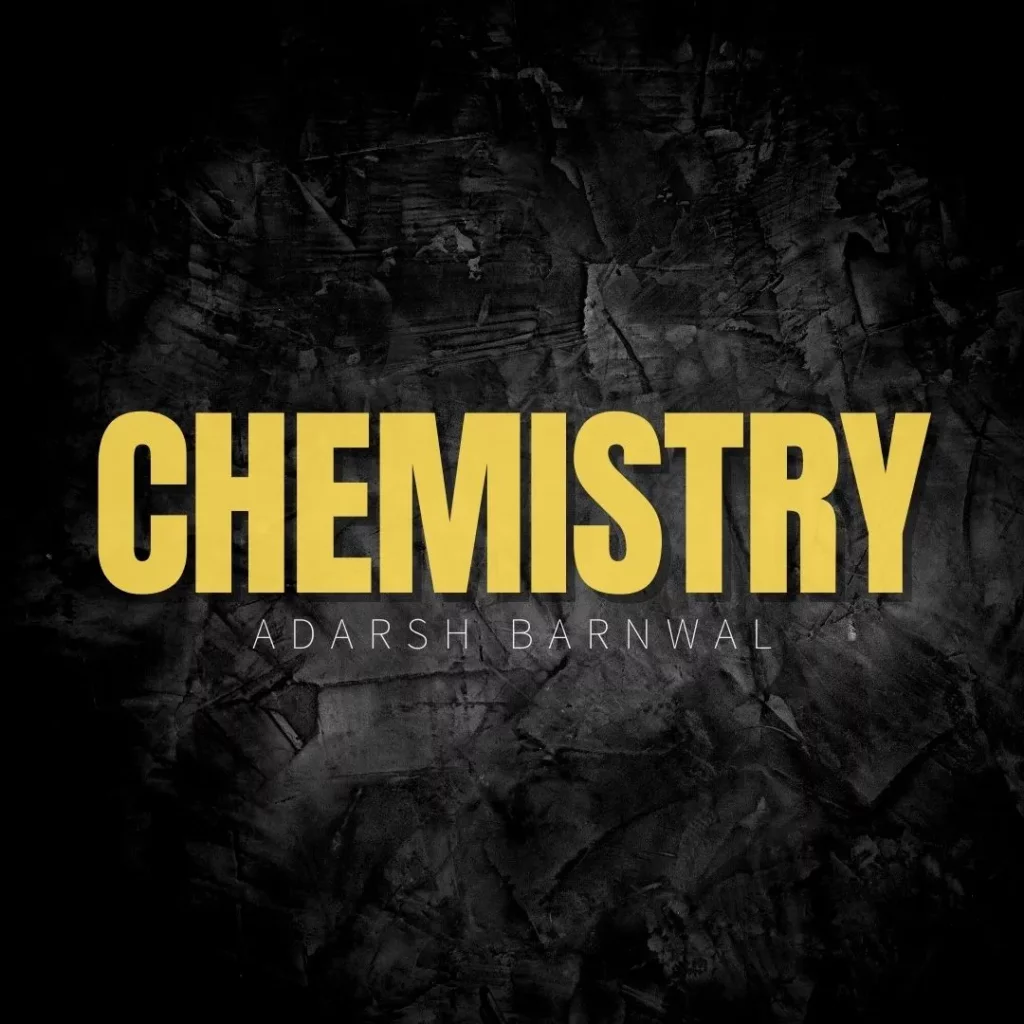
Chemistry
Chemistry is the scientific study of the properties and behavior of matter, you can easily score 95%+ Learn More

College reviews holds paramount importance to a reader. Imagine a student researching a college online. If college reviews praises an institution, the student would be prompted to take admission to the given college. Due to financial constraints, his/her parents might even consider taking a bank loan. However, if the college turns out to be dubious and even after four years of education the student does not get placed anywhere.

Get University Exams Latest News, Videos & Pictures on University Exams and see latest updates, news, information , college reviews , cutoffs , Application form details , Answer key & Question paper of different engineering exams like – Jee / Bitsat / wbjee etc ( click )

Here in this article, candidates can check the information on engineering entrance exams application dates and deadlines for BTech admission. Many private universities have already started registration for BTech admission. Students seeking admission into engineering programmes must know the application dates and deadlines of the entrance exams as the authorities do not accept registrations after the last date. Read the complete article to know more about engineering entrance exams application dates and deadlines for BTech admissions.( Click )
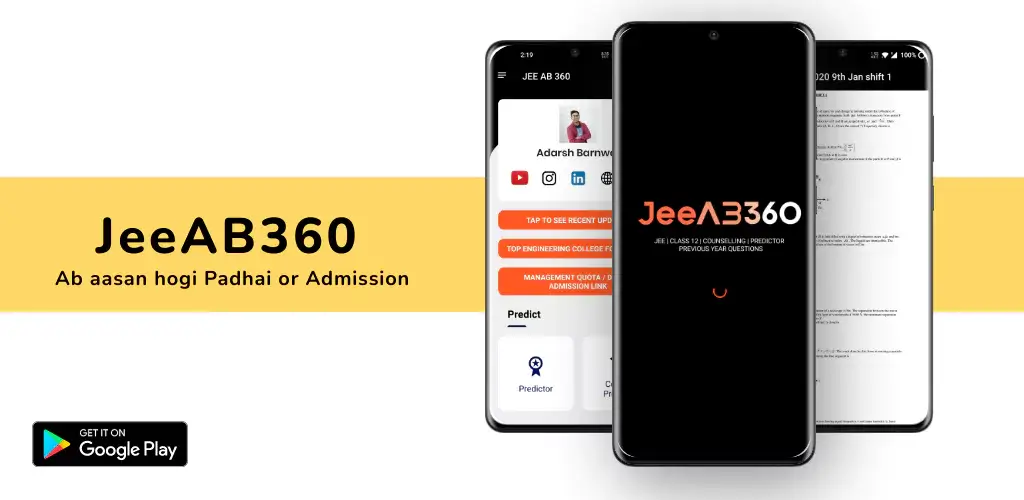
Official Free application Offered by- Adarsh Barnwal ( JeeAB360 ) , made with a vision of helping juniors & poor students right from class 11 till Giving Jee mains or any other Exam and Get into any good college via counselling . Ab padhai or Admission hogi aasan
About Me
- Student | Mentor | entrepreneur
- YOUTUBER with over 250,000+ Subscribers
- I do college Reviews
- Provide JEE / Class -11,12/ Neet Notes
- Make strategy videos on IIT JEE MAIN , Neet , IIT , NIT , Jee Advanced , Class 12 , Wbjee , Mhtect , Comedk , Upsee , Bitsat , Viteee , MBA , Engineering , Medical etc
- make Scholarship videos
- make videos on GATE & PSUs
- Provide FREE Counselling
- List of Top College
Qualification
- President awarded 2014 by DR APJ ABDUL KALAM
- BTECH in ECE ( 9.16 cgpa )
- Class 12-94% ( DAV Bokaro )
- Class 10-9.6 CGPA (Rama Krishna mission)
- NSTSE RANK- 57 In bihar
- TECHNOTHOLON – Qualified
- Jee mains – Qualified
Download the JeeAB360 App on your Android phone
Regular exam updates, QnA, Predictors, College Applications & E-books now on your Mobile
